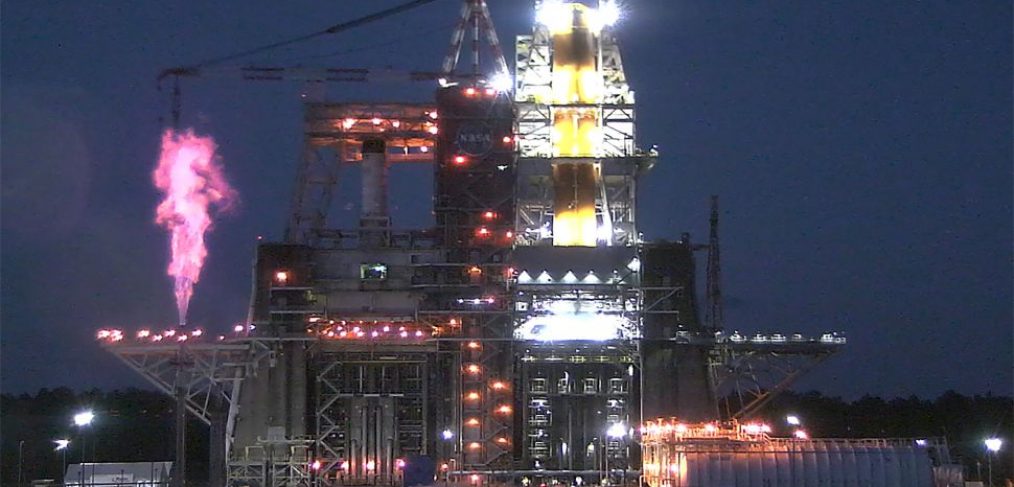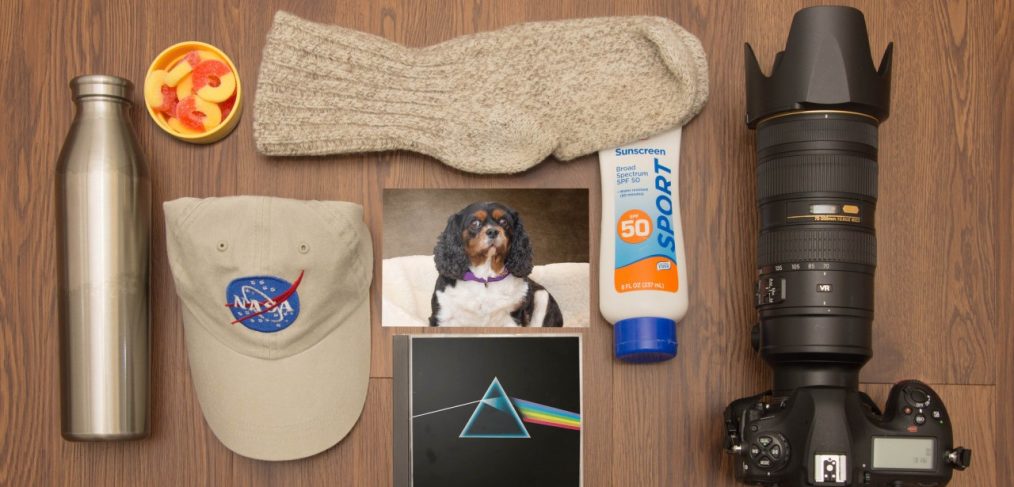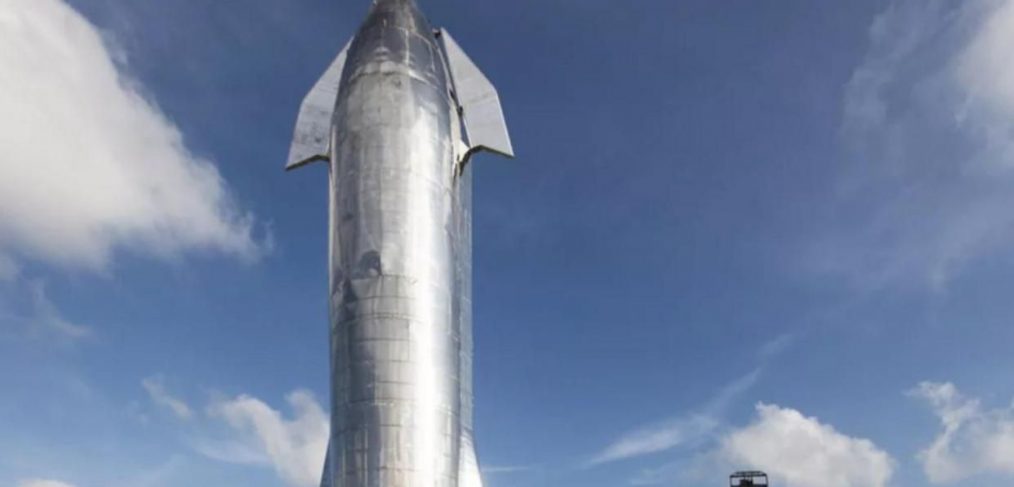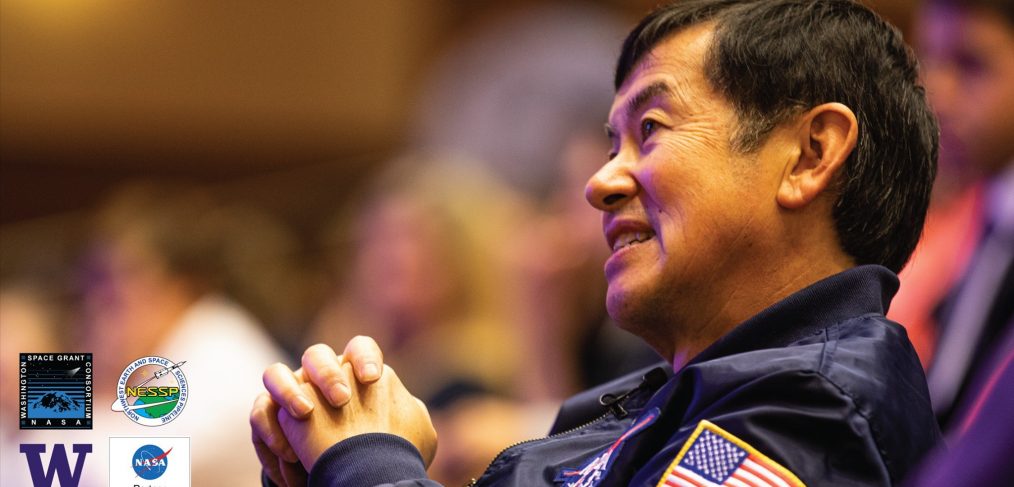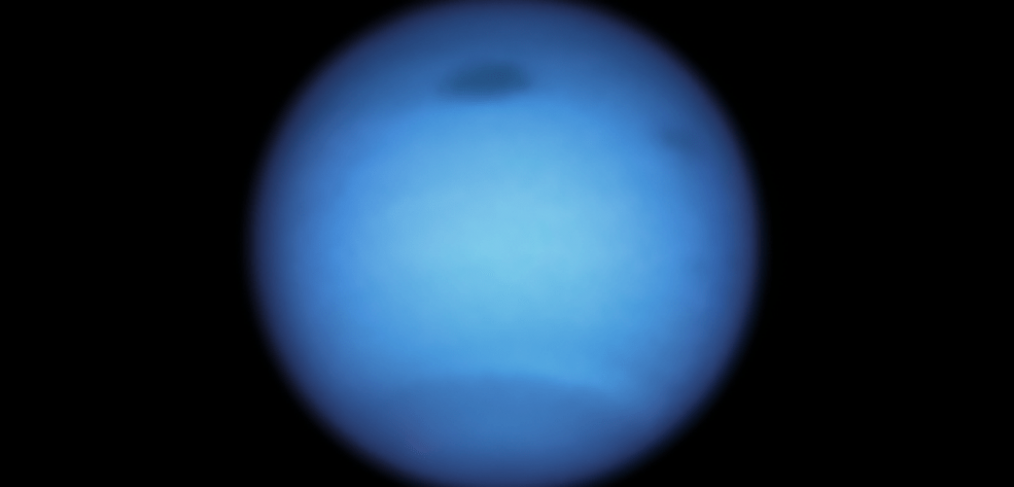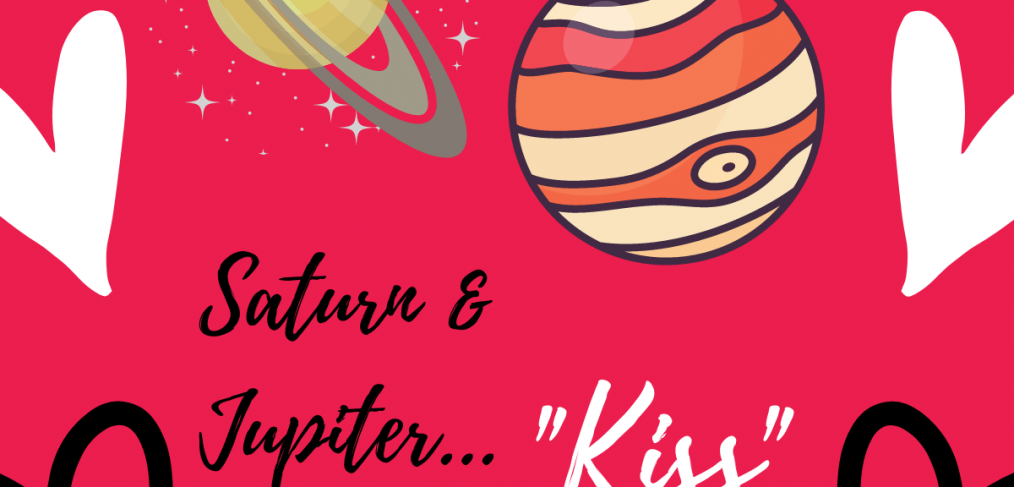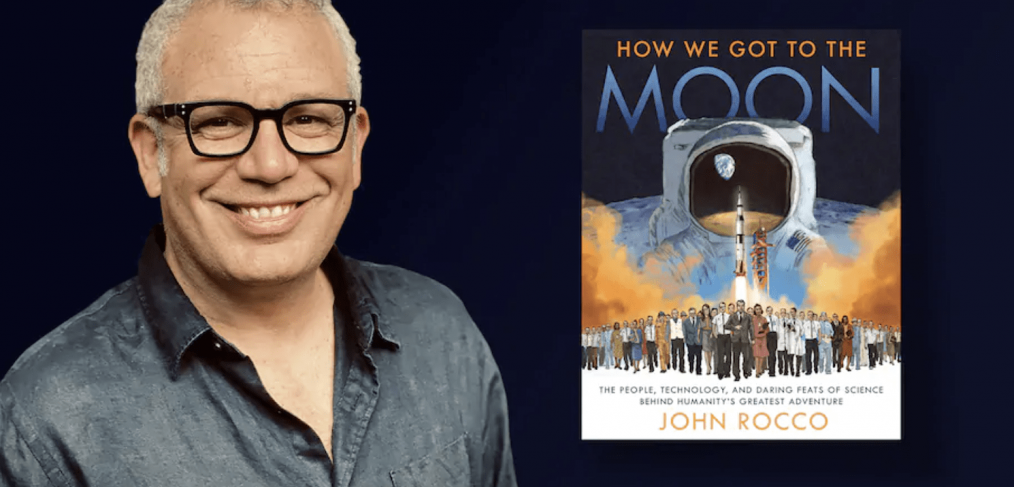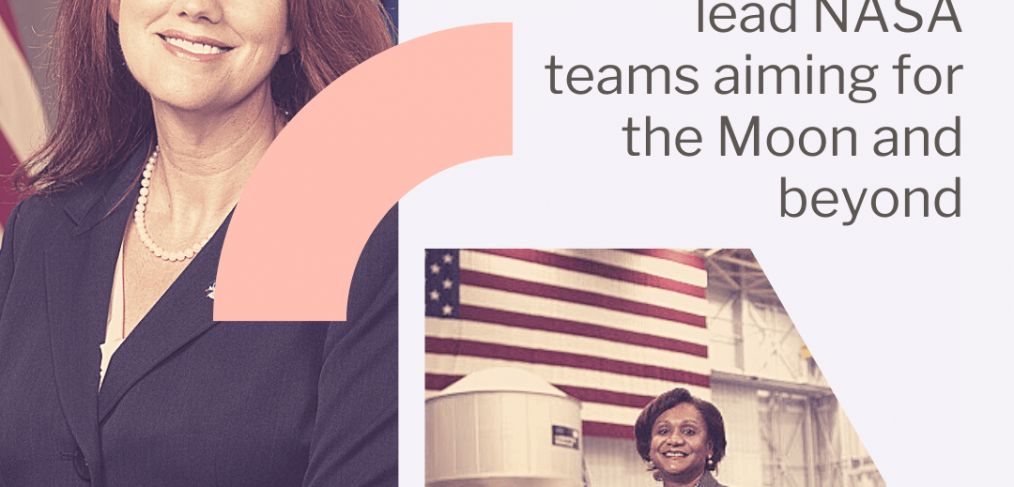NASA will attempt to fire the engines on its Space Launch System (SLS) megarocket for the first time today and you can watch the fiery action live online.
As part of a critical test before the rocket behemoth lifts off for the first time, the agency plans to ignite the four main engines on its heavy-lift core booster this at about 5 p.m. EST (2200 GMT) today, Jan. 16. The test, which is designed to simulate the core stage’s performance during launch, will take place at the agency’s Stennis Space Center, in Mississippi.
You can watch the test live here and on the Space.com homepage, courtesy of NASA, beginning at 4:20 p.m. EST (1920 GMT). You’ll also be able to watch the test directly from NASA here.
Image Credit: Space.com
